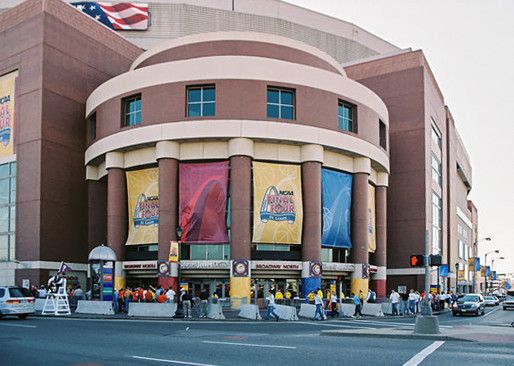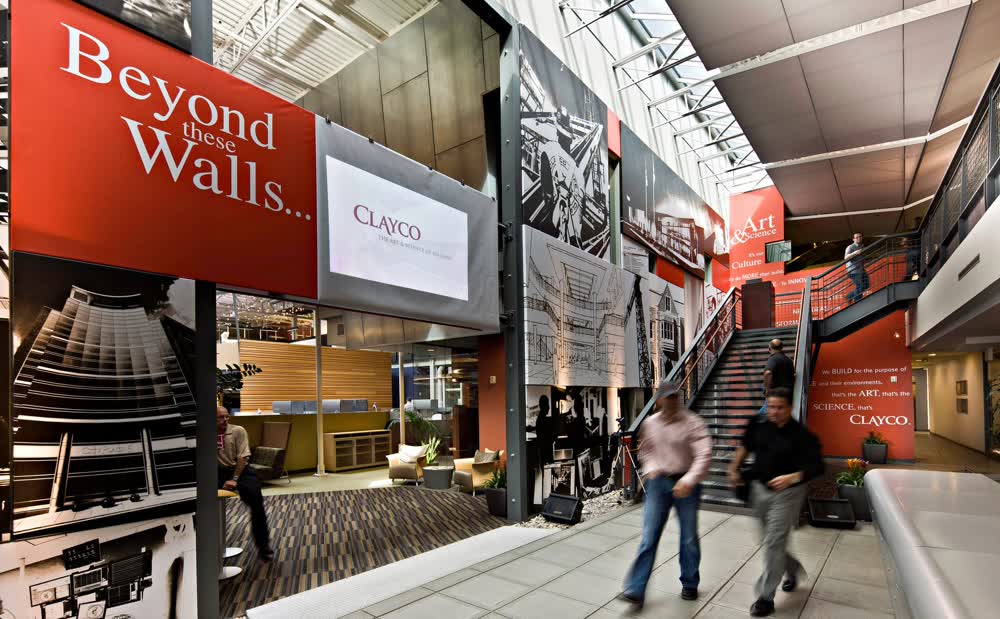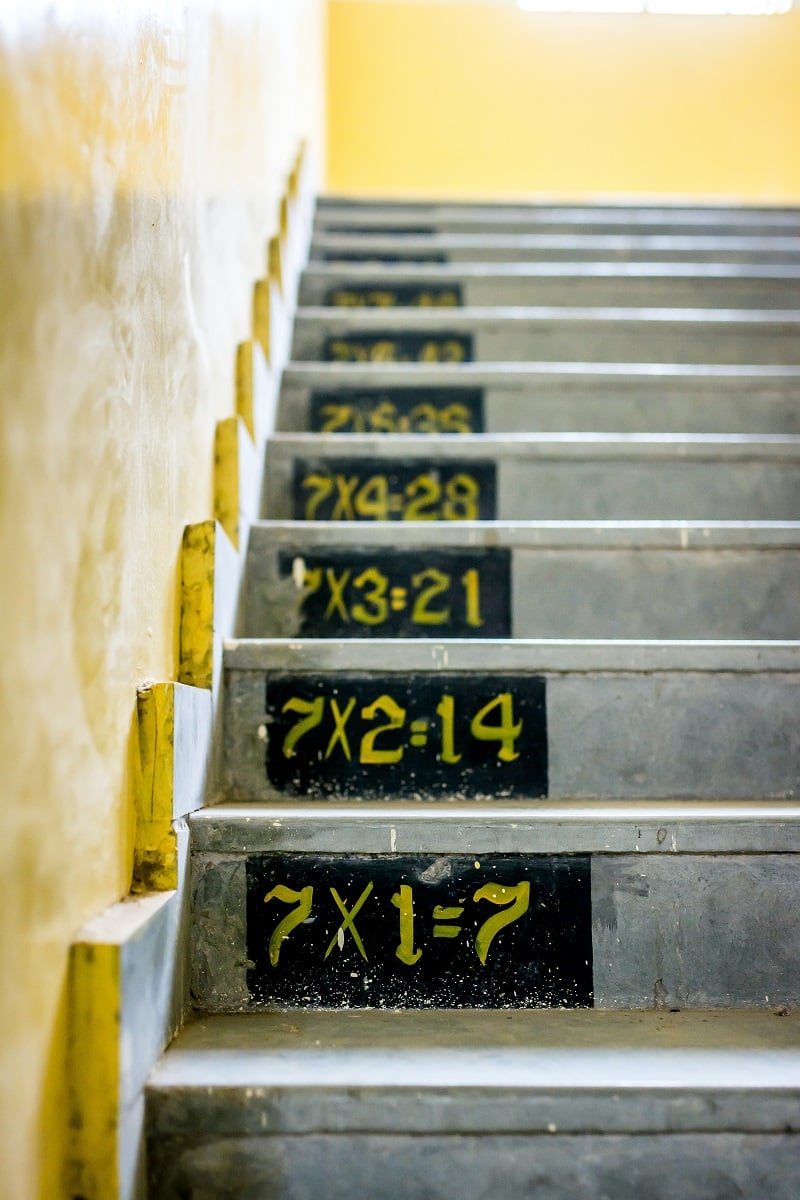3 Things Your Business Should Know About Architectural Signage
Quality signage is a vital marketing, as well as organizational, element for any business. Signs are important for many reasons, from physically...
3 min read
Craftsmen Industries Sep 9, 2022 2:33:00 PM


There’s no denying that first impressions count. With businesses, stores, and other organizations, most first impressions are made with signs. If your signage is weathered, damaged, or faded, people are going to take notice.
Architectural signs, like all other signs, should provide function as well as professionally represent the company’s brand. Performing proper maintenance and care is important for ensuring your signs continue to shine.
The difference between commercial and architectural signage is that commercial signs tend to be mass-produced and usually printed with the same bright, attention-grabbing colors you see on a lot of storefronts. Commercial signs are the less expensive option but are also way less durable. In comparison, architectural signs are meant to be permanent. This will come with higher initial investment, but the long-lasting quality will be worth it.
Architectural signage is signage designed with the building and surrounding area in mind. Good architectural sign design will enhance the brand’s image as well as the guest experience. These are custom signs that integrate the brand’s identity with the look and architecture of the space. The materials chosen will be inspired by what is already found in and around the building. Common materials include steel, stone, wood, and acrylic. This gives the building and brand a sleek, cohesive look.
Another distinguishing feature of these signs is that they focus on logistics and navigation. They will practically point the way while matching the appearance of a building or space.
Once you’ve decided that your business needs custom-designed architectural signs, you’ll want to know how to maintain and care for them.
Inspect your signs regularly, and make notes of any broken parts or weakening elements. Missing letters, loose connections, dents, scrapes, and scuffs can give off a negative impression. Not keeping up with regular checks and maintenance can also speed up the deterioration of your signs.
It is especially important to keep up with inspections of any electrical components. Electrical components on architectural signs will be very vulnerable to the elements. Be sure to dust regularly, as dust build-up can allow electrical parts to overheat and cause damage. Always check that parts are in working order before attempting any cleaning. Always be sure to check as well for any burnt-out light bulbs that can be easily replaced. Changing a dark bulb is a quick fix that makes a big impact.
When cleaning, be sure to get both the exterior and interior components. Most of the time, cleaning with water and a mild detergent will be sufficient for removing all dust and dirt. There is also the option of hiring professional sign cleaners if you are uncomfortable working around electrical parts.
Landscaping and adding plants can make a sign look more inviting and protect them from the elements. There is also danger from mowers and trimmers to consider for signs installed on the lawn. Shrubs are hardy, take little maintenance, and can add softness to the appearance of your signage. Other plants that work well for protection from lawn care machines are those that provide ground cover but do not obscure the sign, such as jasmine. Jasmine will also add a bit of natural color.
There is also the protective option of putting your sign up on a platform. When you add height, you increase visibility while separating the sign from the lawn which requires maintenance.
You may want to consider adding a defensive element of shade. Shading your sign will protect it from rain, snow, and also harsh sunlight. Here you can install a stand-alone roof directly over the sign or place it up against the wall of your building having the building itself stand guard. Planting trees near your sign can also provide a measure of natural protection. Just keep in mind that the sign’s main purpose is to draw attention, and be sure you’re not obscuring the view for your guests.
When it comes time to wash your architectural signs, avoid any tools or detergents that may damage the materials. Attempts to use bleach or strong ammonias may reduce the lifespan of your signs.
Instead, wash your sign with a mild detergent mixed with water. Apply the detergent with a soft cloth. Avoid any harsh scrub brushes and abrasive cloths. Exterior signs can often be washed using car shampoo, which includes a protective wax finish. For interior signs, especially those with braille lettering, stick with a soft cotton cloth and mild soap. Be sure to pat the sign dry and not leave any moisture. Be sure to always avoid high-pressure hose cleaners or strong steamers.
Professional and architectural signage is a big part of a brand’s identity and marketing strategy. Keeping up with the look and integrity of your business’s signs with regular maintenance and care may seem like a small thing, but it will make a big difference in the way the company is represented to your guests and customers.

Quality signage is a vital marketing, as well as organizational, element for any business. Signs are important for many reasons, from physically...

What is architectural signage? Architectural signage refers to any sign that is added to the building's design. The term sounds vague but is often...

While you may think about stores and businesses when you consider the importance of architectural signage, schools and other institutions also...